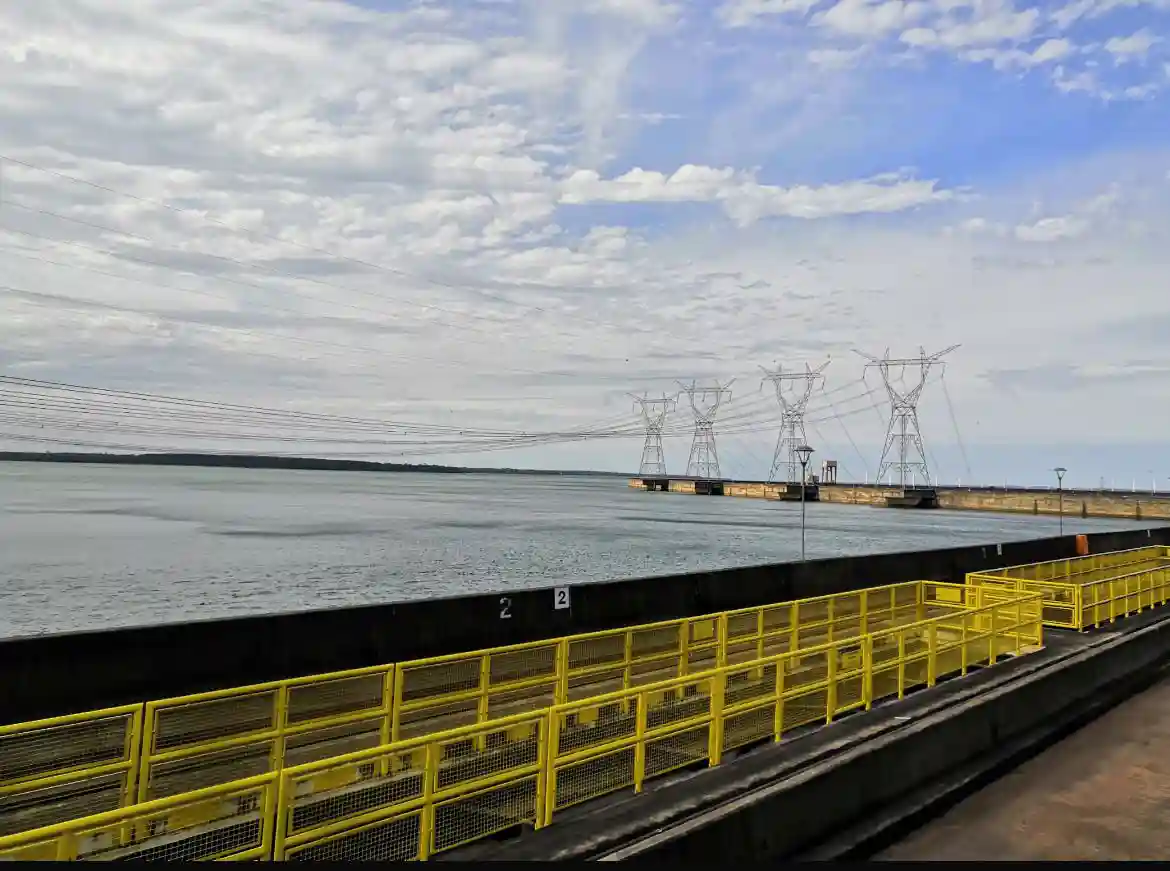Grid connection as the key to the energy transition
Offshore wind energy is a central pillar of the energy transition. However, without stable and efficient grid connections, wind farms at sea will remain unutilised. Grid expansion must keep pace with the expansion of wind energy – both technically and in terms of regulation. morEnergy supports operators, grid managers and partners with in-depth expertise in grid impedance analyses, power quality monitoring and technical concepts for grid integration.
Technical challenges of offshore grid connection
The feed-in of offshore wind power places high demands on the grid infrastructure:
- Alternating current (AC) is suitable for wind farms close to the coast – cost-effective, but only practical for short distances.
- Direct current transmission (HVDC/DC) is essential for remote parks – with high transmission power and lower losses.
- Offshore converter platforms convert AC into DC and transmit the energy to the mainland via submarine cables. The production and installation of such platforms requires foresighted planning and innovative strength.
- Cable infrastructure: Laying high-voltage cables under water is technically complex, weather-dependent and cost-intensive. Faults or impedance deviations can lead to serious energy losses.
morEnergy offers technical support in analysing frequency-dependent grid impedance and helps to identify PQ problems in the offshore transmission path at an early stage.
Regulatory framework conditions
The offshore grid connection is heavily regulated:
- The Wind Energy at Sea Act (WindSeeG) forms the legal basis for planning, authorisation and tendering.
- The Federal Network Agency coordinates grid connection points, cost distribution and grid connection strategy.
- The target: 30 GW of offshore capacity by 2030 – ambitious, but achievable with accelerated approval procedures and massive investments
morEnergy supports planners and operators with technical grid consulting, PQ monitoring and measurement campaigns to assess the connection quality at onshore and offshore substations.
Our conclusion: Technical expertise meets regulatory clarity
A secure, low-loss and standard-compliant grid connection is crucial for the efficiency of offshore wind energy. With smart PQ measurement technology, analytical depth and a deep understanding of grid impedances, morEnergy contributes to the successful integration of renewable offshore power.

